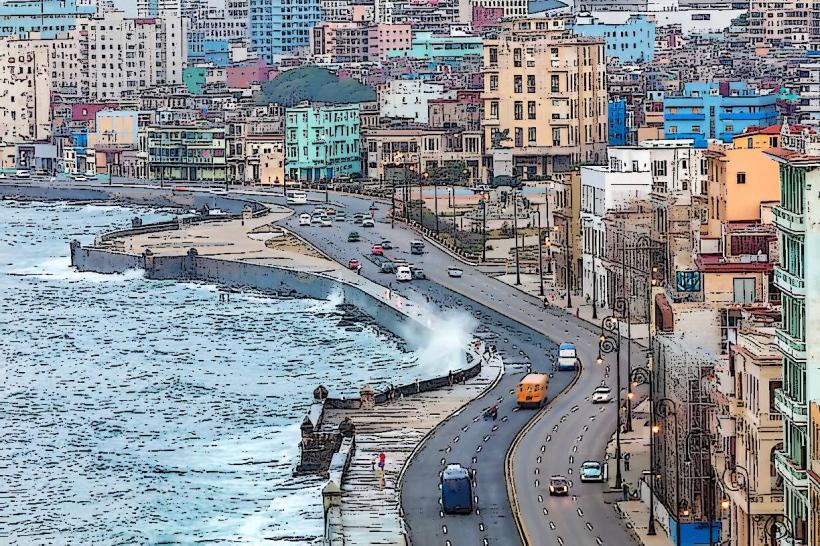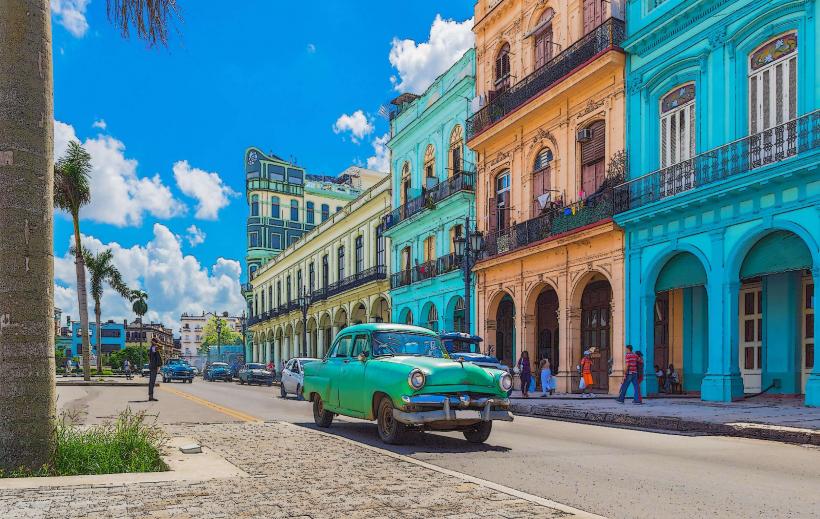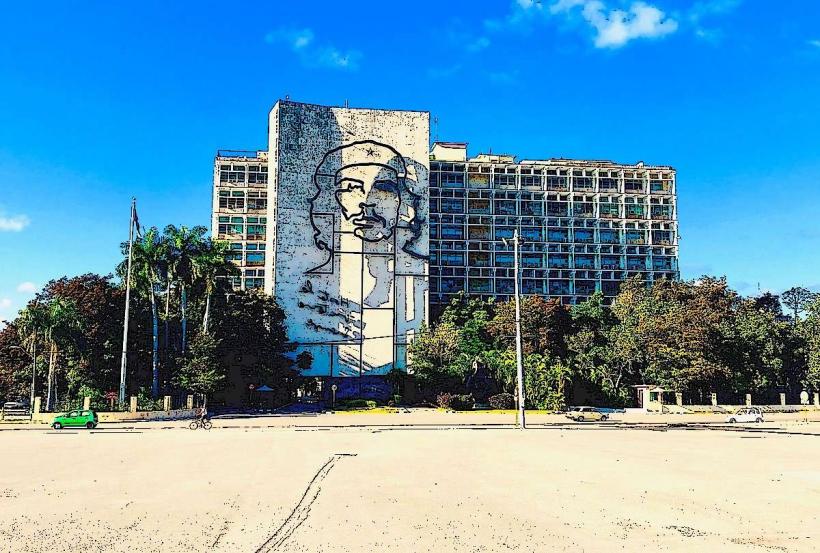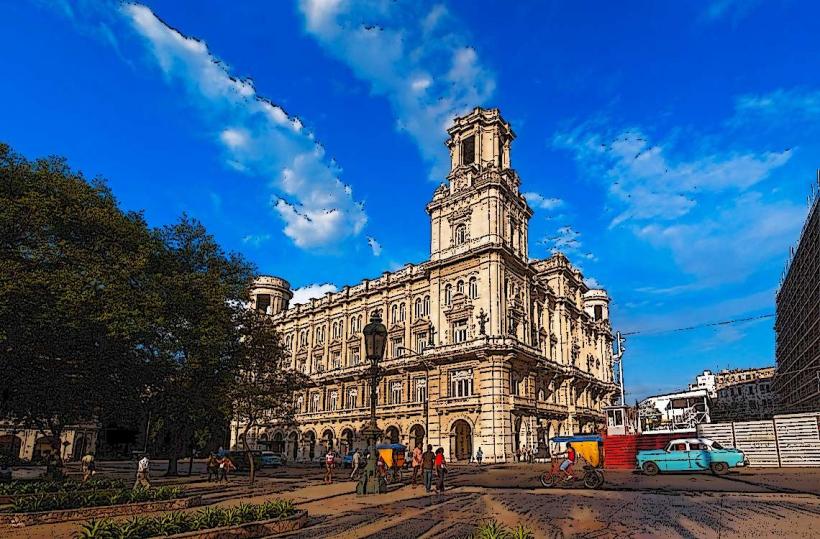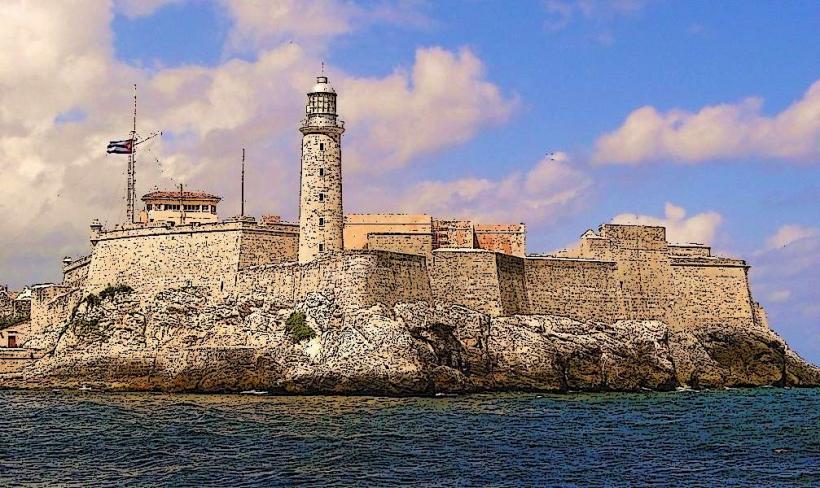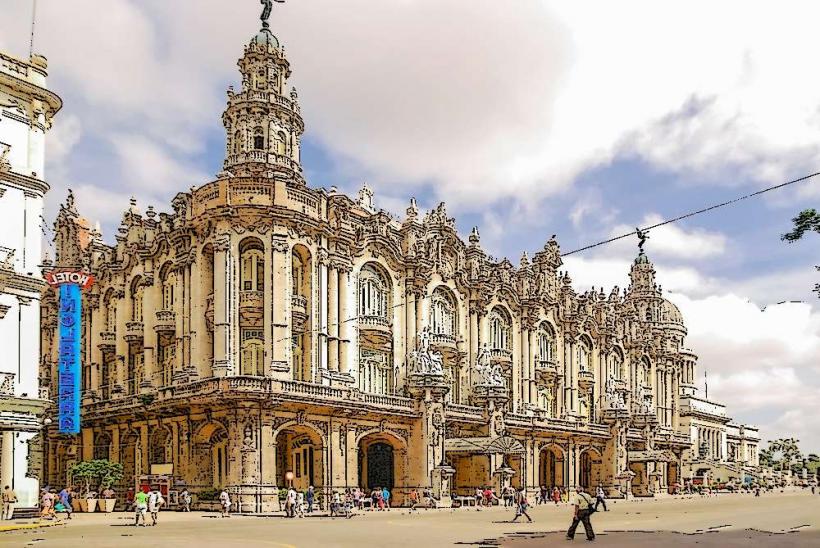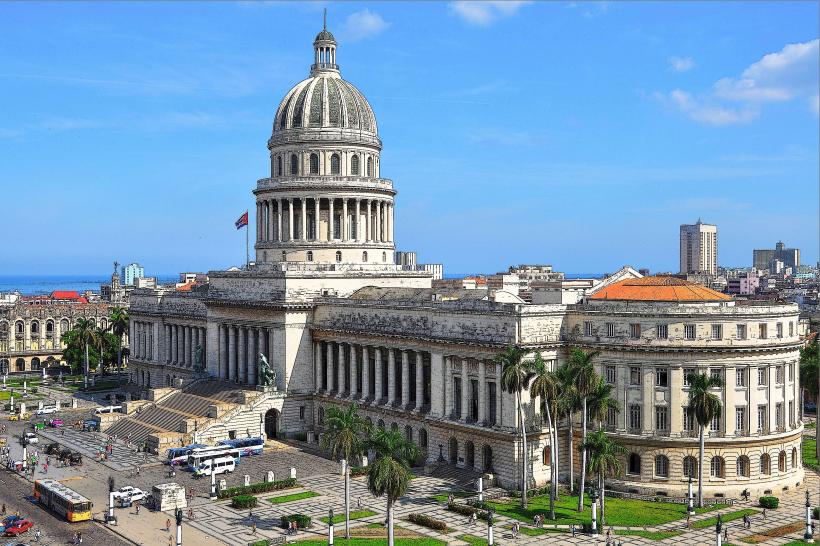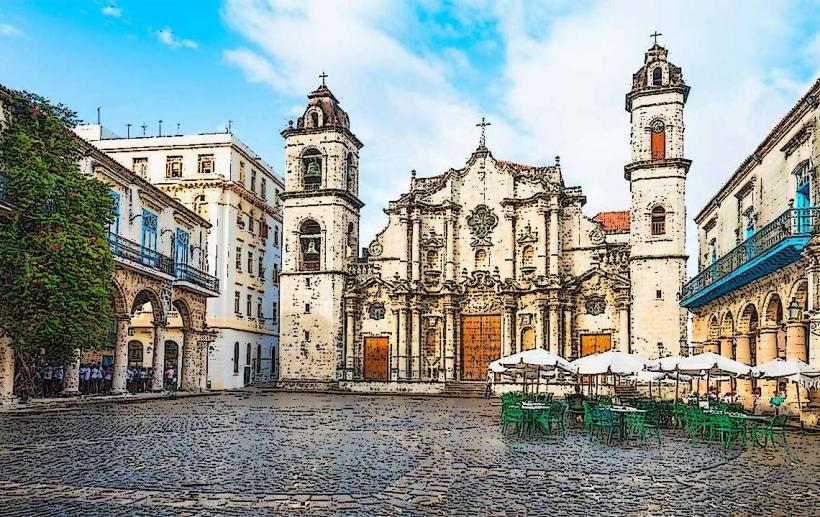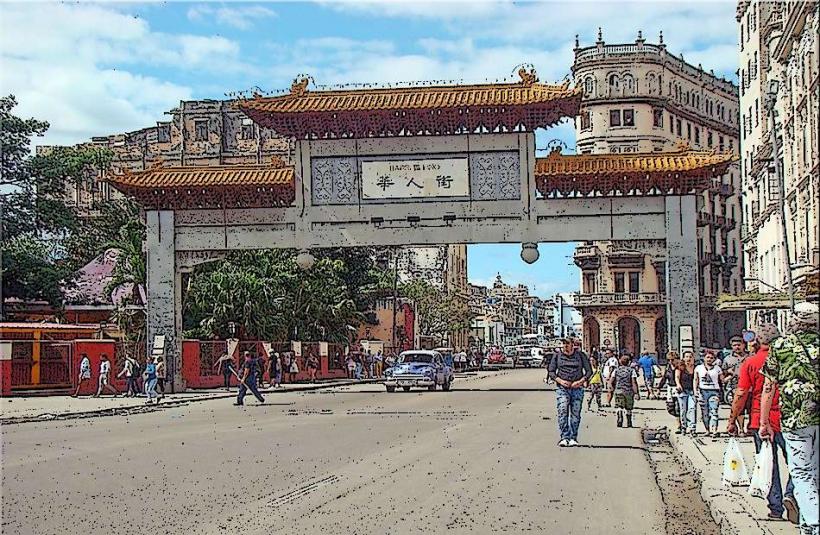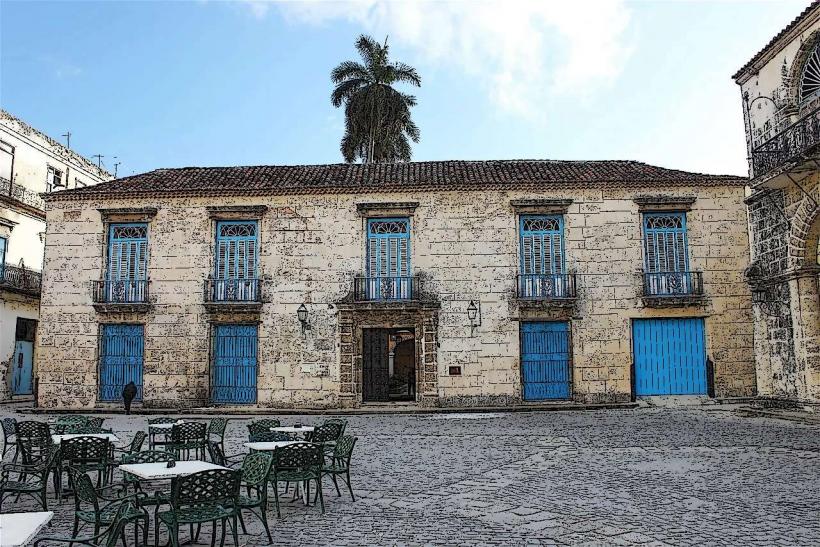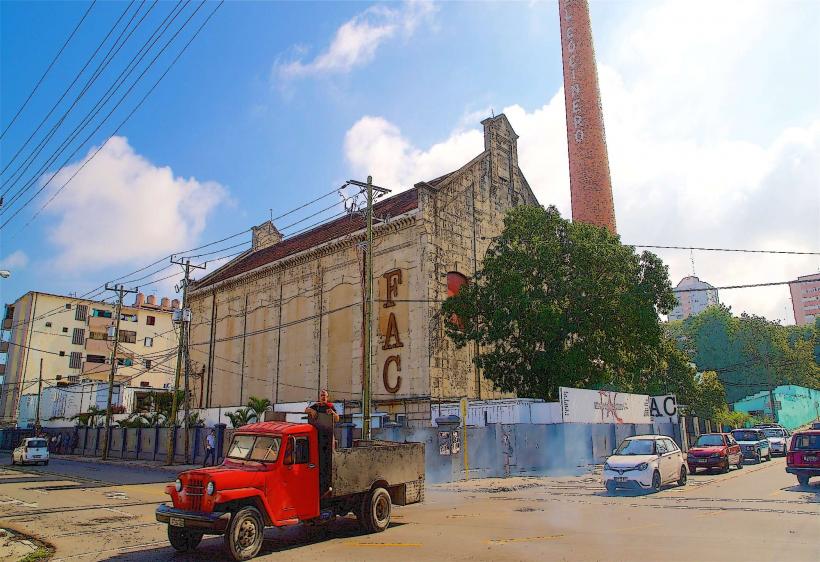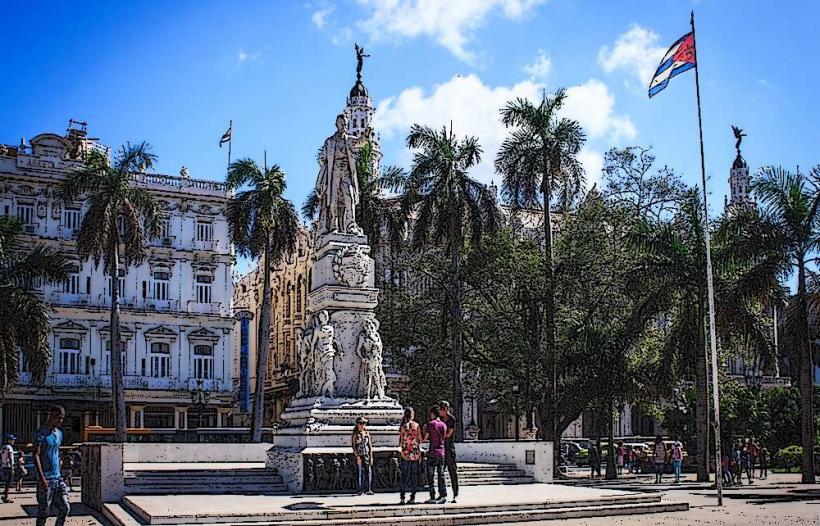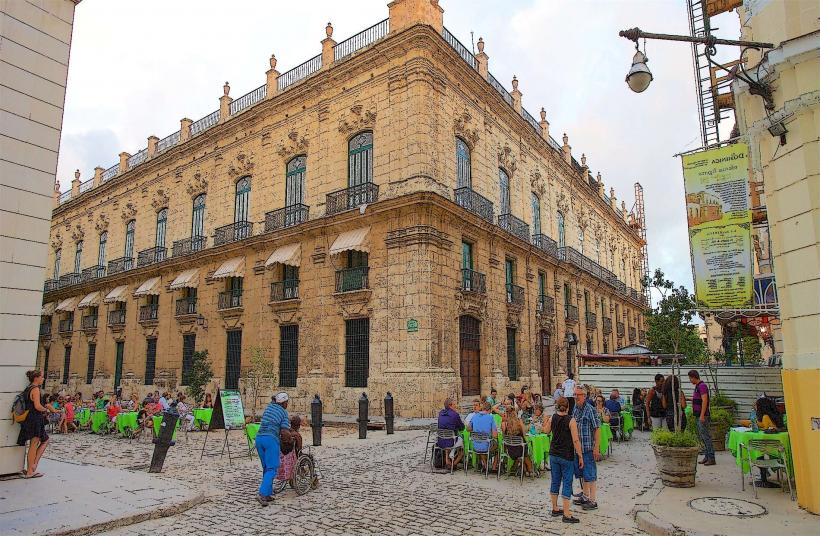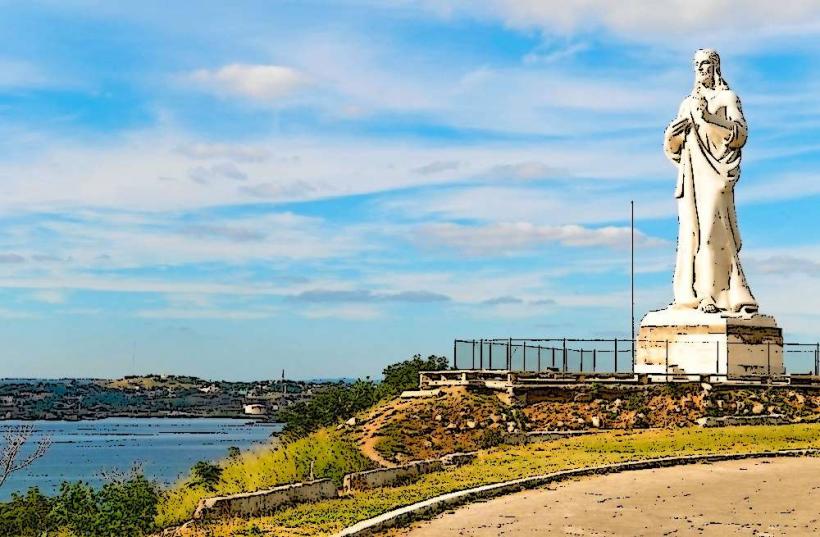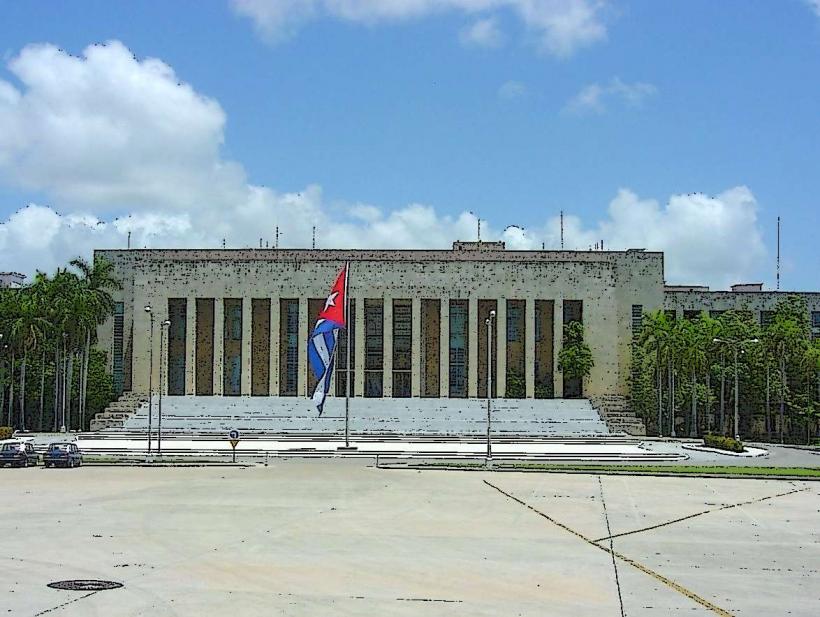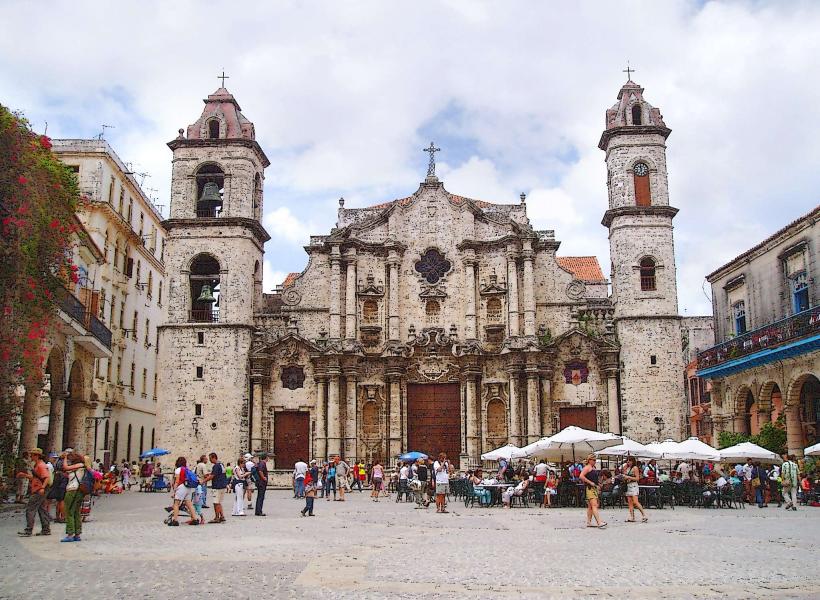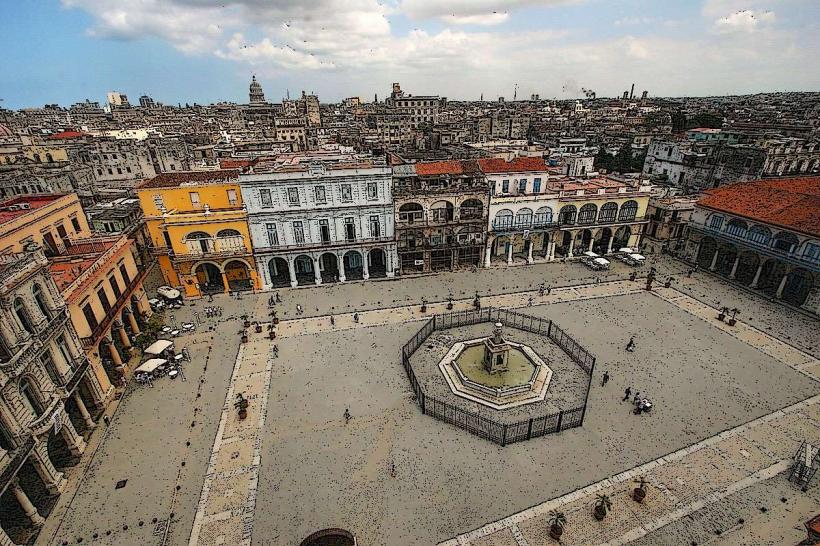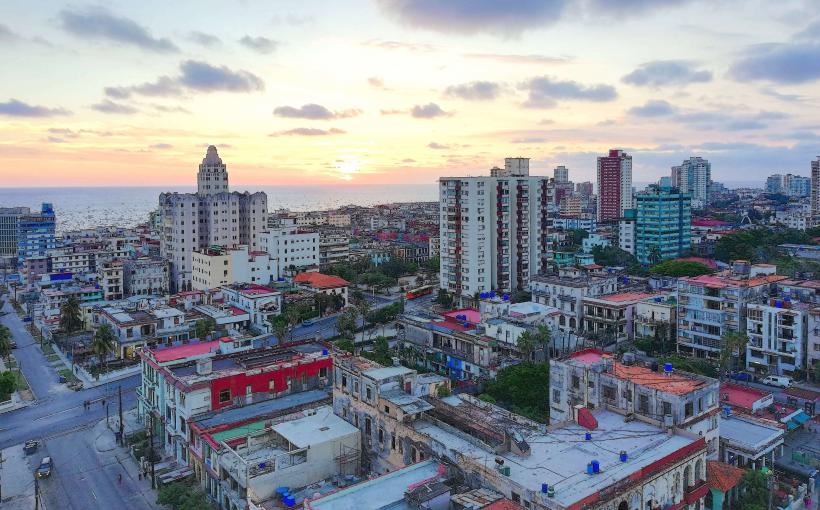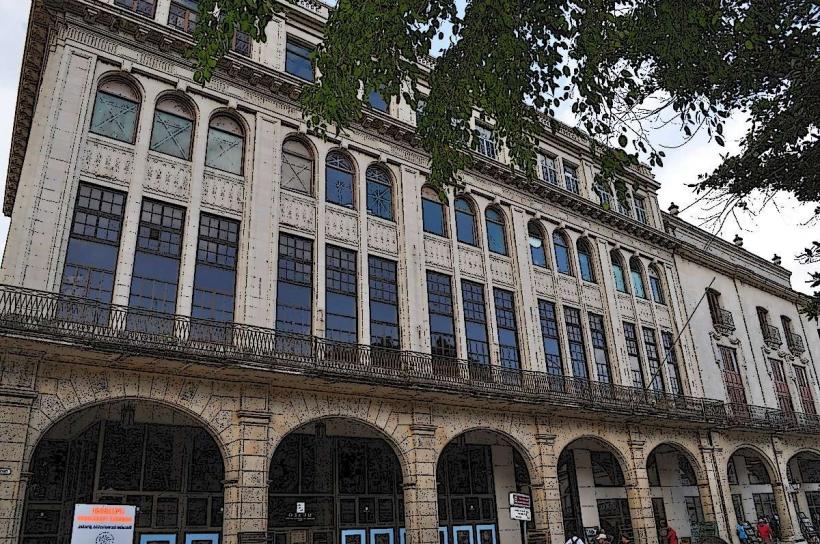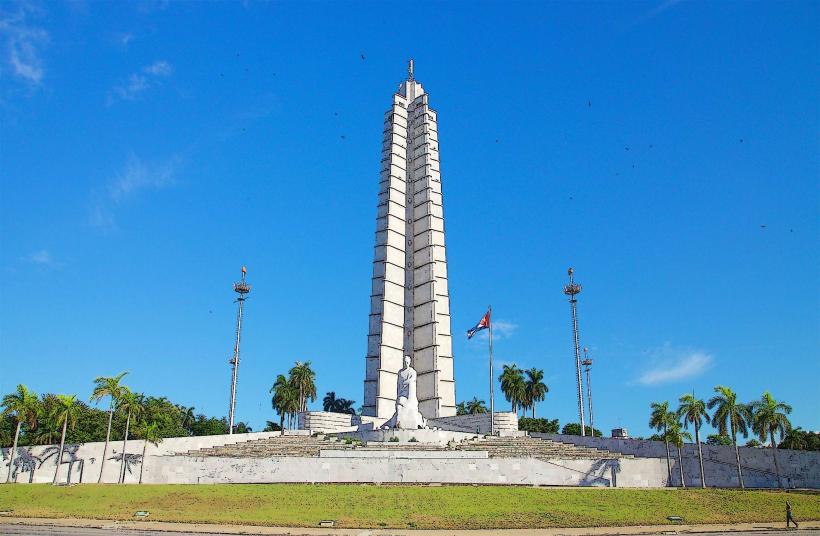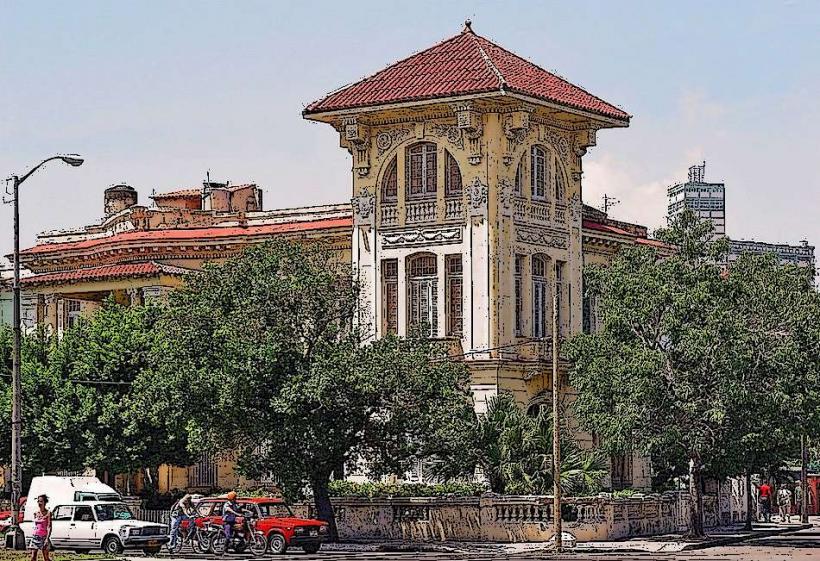Information
Landmark: Museo de la RevoluciónCity: Havana
Country: Cuba
Continent: North America
The Museo de la Revolución (Museum of the Revolution) in Havana, Cuba, is one of the country’s most important museums, dedicated to the history of the Cuban Revolution and the political events that led to the overthrow of the Batista dictatorship. Located in the heart of Havana in the former Presidential Palace, the museum offers visitors a comprehensive overview of Cuba’s revolutionary history, as well as a deep dive into the events that shaped the nation’s modern identity.
Here’s a detailed look at the Museo de la Revolución:
History of the Museo de la Revolución
The building that now houses the Museo de la Revolución was originally constructed as the Palacio Presidencial (Presidential Palace) during the administration of President Gerardo Machado in the early 20th century. The palace served as the residence and office of Cuba's president until the Cuban Revolution.
Construction: The Presidential Palace was designed by Cuban architect Justo Felipe Cárdenas and completed in 1920. Its architectural style is a blend of baroque and neoclassical elements, with grand columns, a dome, and a series of ornamental features that emphasize the prestige of the Cuban presidency. The building became a symbol of the country’s political power during the pre-revolutionary period.
Use by Batista: When Fulgencio Batista came to power in the late 1950s, the palace became the seat of his government. The building was heavily guarded and served as a symbol of Batista’s authoritarian rule, making it a significant location during the Cuban Revolution.
Cuban Revolution: After the Cuban Revolution in 1959, the palace was repurposed as a museum dedicated to the revolutionary struggle. It was renamed the Museo de la Revolución and officially opened in 1967. The museum now serves as a testament to the success of the revolution and as a space to preserve and educate the public about Cuba’s revolutionary history.
Exhibits and Collections
The Museo de la Revolución is filled with exhibits that chronicle the key events, people, and struggles of the Cuban Revolution, including the early days of the revolution, the Moncada Barracks attack, the Granma expedition, the Bay of Pigs invasion, and the subsequent victory of Fidel Castro and his guerrilla forces over Batista’s government.
Ground Floor Exhibits: The first floor features a series of displays focused on the early stages of the Cuban Revolution, starting with the struggles against the Batista dictatorship. Visitors can view documents, photographs, and personal items from figures such as Fidel Castro, Che Guevara, Raúl Castro, and others who played significant roles in the revolution. Key events such as the Moncada Barracks attack (1953), which marked the beginning of the revolutionary struggle, are highlighted in detail.
The Granma Yacht: One of the most iconic exhibits at the Museo de la Revolución is the Granma yacht, which is displayed in a separate outdoor area near the museum. This boat carried Fidel Castro, Che Guevara, and other revolutionary fighters from Mexico to Cuba in 1956, where they launched their guerrilla war against the Batista regime. The Granma yacht is a national symbol of the revolution and its efforts to liberate the Cuban people.
Exhibits on the Cuban Revolution: The museum houses several rooms dedicated to the key battles and victories that led to the revolution’s success. This includes artifacts related to the Sierra Maestra campaign, the guerrilla warfare tactics used by the rebels, and the Battle of Santa Clara, which marked the final defeat of Batista’s forces. Visitors will find detailed descriptions of the role of international support and the contributions of Che Guevara, among other key figures.
The Bay of Pigs: One of the most significant sections of the museum covers the Bay of Pigs Invasion in 1961, when a CIA-backed invasion of Cuba by Cuban exiles aimed to overthrow the revolutionary government. The museum explains the events leading up to the invasion, the failed attempt by the invaders to overthrow Castro, and the Cuban victory in repelling the attack. Artifacts from this conflict, such as weapons and uniforms, are displayed.
Political Posters and Revolutionary Art: Throughout the museum, visitors can see a variety of political posters and revolutionary art. These artworks, which were produced during the revolution, are an important part of Cuba’s cultural history. The posters often carry strong political messages, emphasizing themes such as unity, justice, and resistance to imperialism.
Fidel Castro and Other Key Figures: The museum includes personal items belonging to Fidel Castro, Che Guevara, and other revolutionary leaders, offering an intimate look into their lives and their roles in shaping the country’s future. There are also displays related to other revolutionary figures like Camilo Cienfuegos, Juan Almeida, and Raúl Castro, showcasing their contributions to the revolution.
The Presidential Palace and Its Architecture
Before it became a museum, the Palacio Presidencial served as the residence of Cuban presidents, and it’s important to note the building’s architecture and layout.
The Grand Staircase: The building’s grand staircase leads to the upper floors, which were once used as offices for government officials. The interior of the palace is richly decorated with marble floors, stained-glass windows, and elaborate chandeliers, reflecting the opulence of the pre-revolutionary period.
The Offices of the President: Some areas of the building retain the original decor and serve as a reminder of the palace’s use as the center of power under Batista’s regime. These offices have been preserved in their original state, with furnishings and accessories typical of the 1950s.
Symbolism and Cultural Importance
The Museo de la Revolución is more than just a museum about the Cuban Revolution; it is a symbol of Cuban identity and the triumph of the Cuban people. For many Cubans, the museum is a place of national pride, as it celebrates the victory over imperialism and oppression and emphasizes the sovereignty and independence of Cuba.
Symbol of National Identity: The museum plays an important role in shaping the cultural narrative of post-revolutionary Cuba. The exhibits celebrate the heroism and resilience of the Cuban people and stress the importance of socialism and anti-imperialism in Cuban society.
Political Message: The museum reinforces the values and messages associated with the Cuban Revolution, particularly the idea of self-determination and the rejection of foreign influence. It also underscores Cuba’s position as a socialist state and the enduring legacy of Fidel Castro and his revolution.
Visitor Experience
Guided Tours: The Museo de la Revolución offers guided tours in Spanish, and in some cases, English-speaking guides may be available. The tours provide a thorough explanation of the exhibits, allowing visitors to understand the historical context and significance of the Cuban Revolution and the museum’s collection.
Opening Hours and Admission: The museum is open daily to the public, though it may be closed for special events or holidays. It is advisable to check the hours before visiting. The entry fee is modest, making it accessible to a wide range of visitors.
Other Attractions: Visitors to the museum may also enjoy exploring the surrounding area, including the nearby Parque Central and the Gran Teatro de La Habana, as well as enjoying a stroll along Paseo del Prado.
Conclusion
The Museo de la Revolución is an essential destination for anyone interested in the history of Cuba, particularly the revolutionary period that transformed the country. Through its collection of artifacts, personal items, photographs, and exhibits, the museum tells the story of Cuba’s struggle for independence and sovereignty. The museum provides visitors with a comprehensive understanding of the Cuban Revolution, its leaders, and its enduring impact on the nation’s identity and political landscape.

